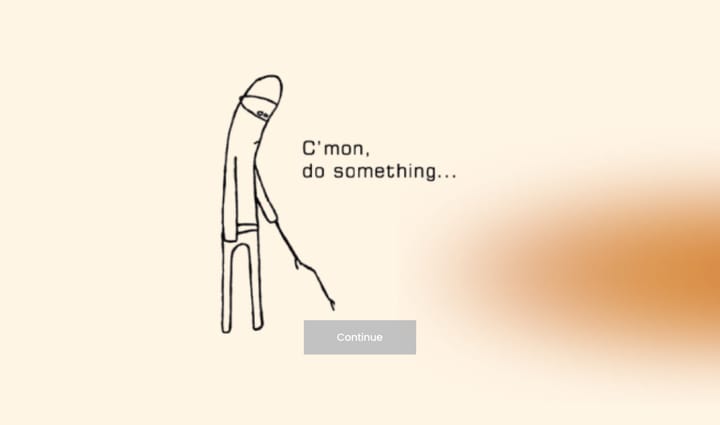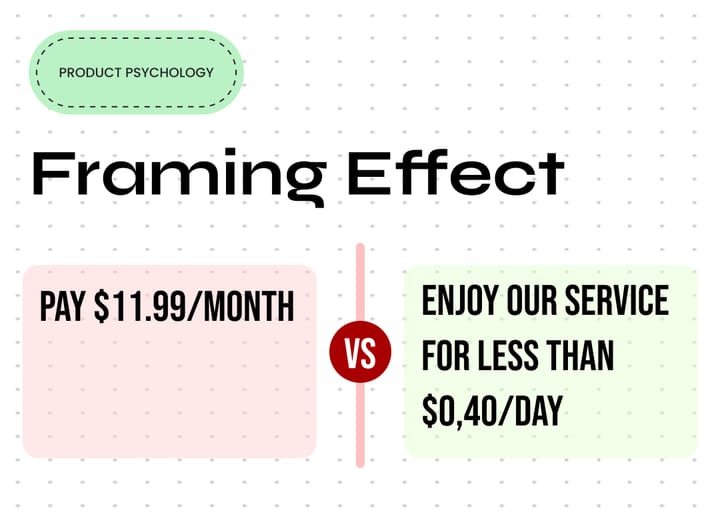What is attention economy, and why should UX designers care?

Help users effectively focus on their tasks
In today’s world of endless information at our fingertips, everything is fighting for our attention. It feels harder than ever before to catch users attention due to the enormous number of notifications they get, while their ability to pay attention to one thing seems to fade away.
The two most important factors that reduce people’s ability to effectively focus on one thing. The first is the increased number of interruptions that occur during the task they are already working on (such as a message notification on their phone). The second important reason is people’s belief that multitasking is actually an effective way to do things. (Multitasking myth article coming soon.)
What is defined as “Attention”?
According to the American Psychological Association, attention is defined as “a state in which cognitive resources are focused on certain aspects of the environment rather than on others.”
What is Attention Economy?
The term “attention economy” was coined by psychologist, economist, and Nobel Laureate Herbert A. Simon, who posited that attention is the “bottleneck of human thought” that limits both what we can perceive in stimulating environments and what we can do. Along with this, he made the observation that “a wealth of information creates a poverty of attention,” implying that multitasking is an action that we can’t successfully perform.
What is the relationship between Experience Design and Attention Economy?
The relationship between attention economy and UX design is symbiotic and influential. The attention economy emphasizes the scarcity of human attention in a world inundated with information, creating competition for users’ limited focus. UX design responds by crafting user experiences that captivate attention efficiently, offer valuable content, and have intuitive interfaces that minimize cognitive load. In this dynamic, UX design becomes a pivotal tool for navigating the attention economy, as it aims to engage users, facilitate meaningful interactions, and retain their interest amidst the barrage of digital stimuli. There is also the negative side, where applications overload users with unnecessary notifications in order to grab their attention and lead them back to their website or app.
How can UX designers improve Attention Economy and reduce user’s information overload?
User experience designers can use several patterns and strategies to encourage better user interactions in order to reduce the adverse impact of the attention economy.
- Clarity and simplicity in interface design should take precedence, with distractions and extraneous items being minimized
- Enable users to customize their digital experiences, users should be able to have control over notifications and content preferences.
- Information can be revealed progressively using strategies like progressive disclosure to avoid information overload
- Incorporating mindfulness elements, such as alerts to take breaks and set time limits, can further promote responsible technology use. (technique used by OS)
In the future, users will be exposed to more and more notifications during their day, which means that designers should be mindful of users time and prioritize valuable things first.


